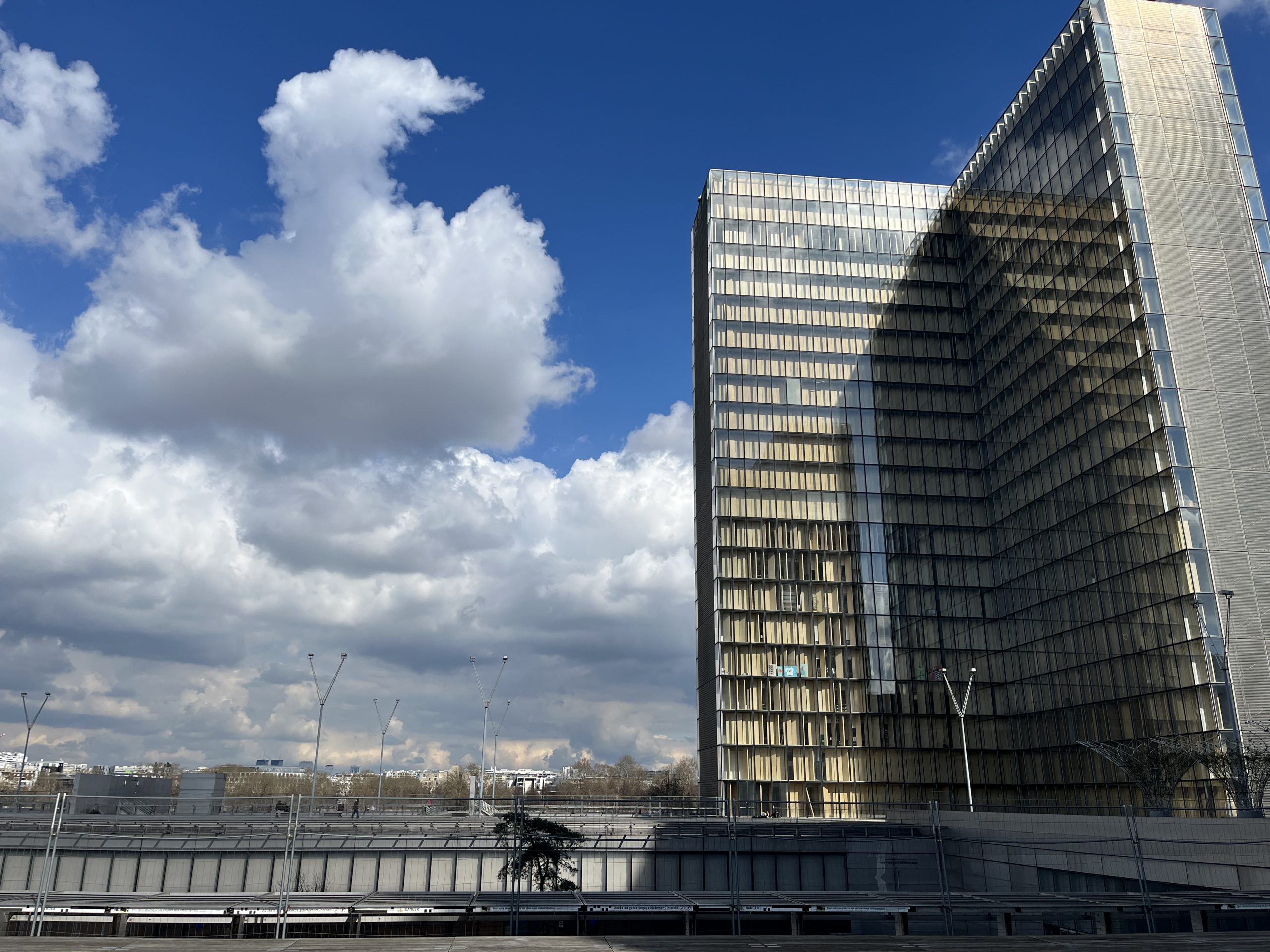In the ARM project, part of our work is trying to understand what kind of information circulates about Rwanda in Europe. One of the countries we are focusing on is France.
Part of our research is identifying potential trends over time. Have there been any changes in how Rwanda is portrayed? Do changes coincide with shifts in local politics (in Rwanda or in France?) Are changes linked to shifts in Franco-Rwanda relations?
This is where fieldwork starts: with an exploration of content covering Rwanda that has been broadcasted on TV in France. But where can we find this kind of material?
The French National Audiovisual Institute (INA) is a public institution tasked with “archiving French audiovisual heritage, creating content, researching, and transferring knowledge in the audiovisual and digital fields”. Its archive include the legal deposit of all content broadcasted on French TV and radio – since 1995 – as well as older material broadcasted by public media.
These archives can be accessed for research via the Inathèque – physically located at the French National Library (BNF) François Mitterrand in Paris, as well as on dedicated computers in regional centers. You will need to be on one of their computers to watch or listen to archived broadcasts, but you can query the catalogue online.
For our project, searching the online catalogue was the first step into planning for fieldwork. This made it possible to get a first look into what kind of material is archived, how much data can be accessed, and even identify in advance what we wanted to look into once in the field.
INA’s archives can also be investigated using computational approaches – and for this, the Lab is an excellent resource. We benefited from a consultation with them to better outline the data required for a quantitative approach to the archive. In addition, they were able to provide us with datasets of metadata from the archives. This means that while they do not transfer actual TV content, they can provide you with specific datasets. For example, one that describes what was broadcasted on a specific topic over a period of time, or the news shows broadcasted over a period of time. The Lab also organises seminars which can later be watched on INA’s YouTube channel.
Our preliminary searches using the online catalog, and the consulation with the Lab, showed that we would need to actually watch some of the broadcasted content, to get a grasp of the type and tone of TV shows covering Rwanda. Therefore we travelled to Paris, to the BNF, with the goal of watching – and annotating – some of the content in the dataset.
Note that to access the Inathèque, you will need an accreditation – which varies depending on where you want to access it. In Paris, you first organise a research pass from the national library, before submitting a form that describes your research project to the Inathèque. While this might seem a little cumbersome, the process was quite fast and effective.
Once the accreditation was secured, we reserved a seat at the Inathèque (most often a day before arriving – but for the first visit, we reserved it a few days earlier).

At the Inathèque, on our first visit, a documentalist helped us understand how to use different specialised softwares to conduct in-depth searches, and to annotate the content we were viewing. Throughout our visits, documentalists were also a great resource to understand how the archives are sorted, organised, and coded.

In practice, every day, we selected TV programmes to watch from the dataset built ahead of my visit. We would then watch and annotate them using their software Mediascope – and export the annotations to be used at a later stage in our analysis. So, fieldwork for this task has consisted in sitting behind a computer at the BNF, watching TV for several hours per day over three weeks. But this will of course be followed by the computational analysis of the datasets of metadata, and the analysis of our fieldnotes.
This post on how we conduct media research shows how valuable public resources such as libraries and archives can be. Consulting INA’s archives at the BNF, getting relevant metadata via INA’s Lab, and being able to discuss with documentalists and in-house researchers enables academic freedom making it possible for researchers to do their work, and to expand our understanding of how information circulates, and where it is restricted or suppressed.